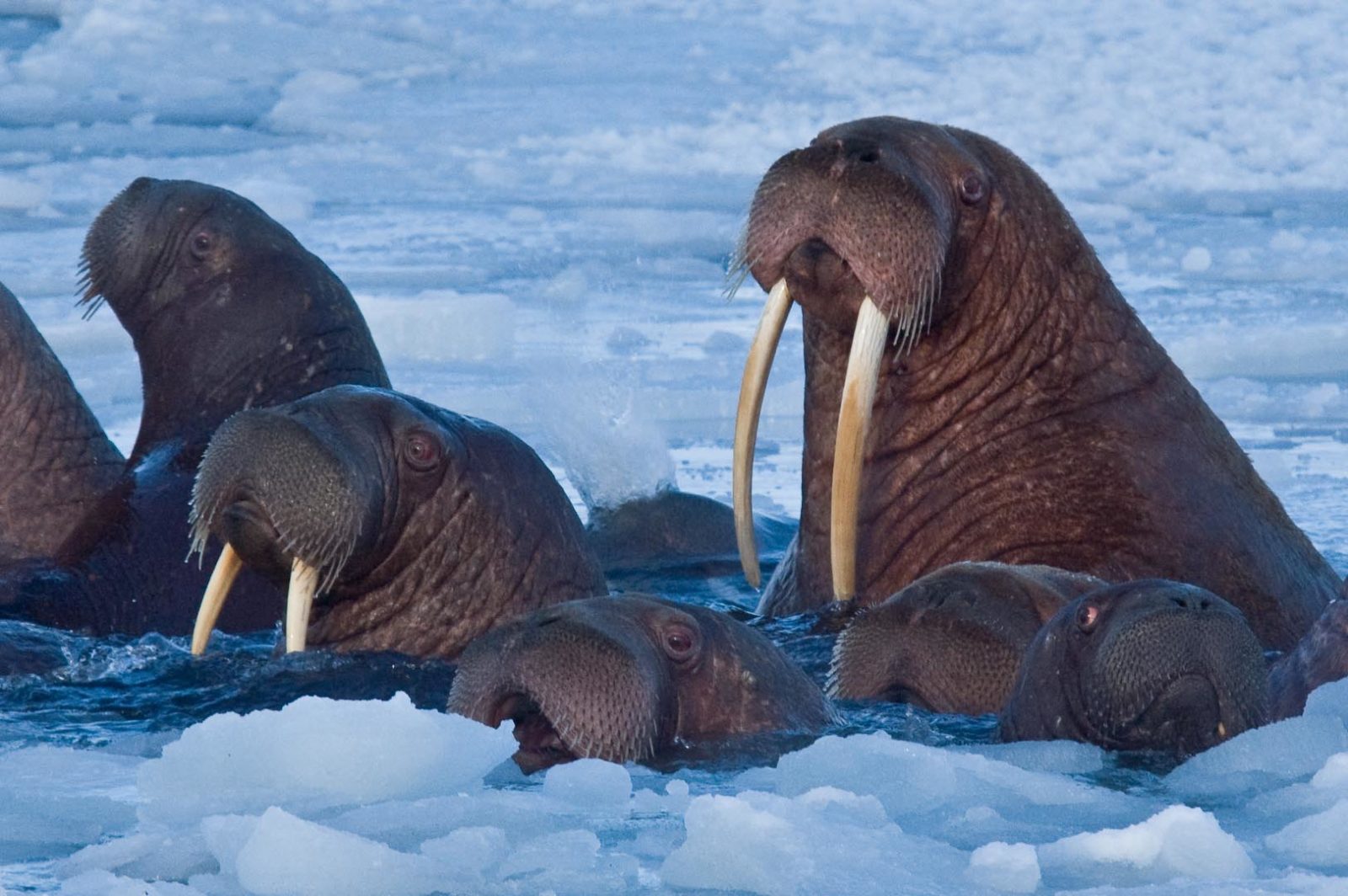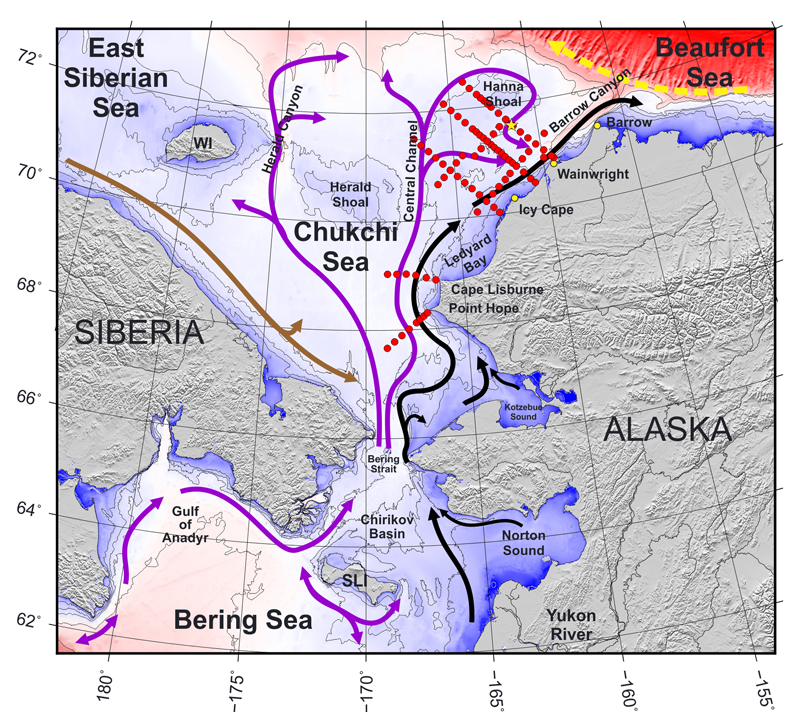Arctic Marine Biodiversity Observation Network (AMBON)

The Arctic Marine Biodiversity Observation Network (AMBON) supports sustained biodiversity observations in the Chukchi Sea. The team, led by Dr. Katrin Iken of the University of Alaska Fairbanks, has been underway since 2015 and has a goal of documenting all species of this Arctic ecosystem from microbes to whales. Why? Because the Arctic Ocean influences global climate and connecting the water column and bottom-dwelling organisms that drive a complex food web is fundamental to understanding ecosystem processes. Dramatic temperature increases and seasonal ice loss are leading to significant changes in the structure of marine ecosystems and how they function. Chukchi Sea water masses, part of an expansive, shallow continental shelf system, support abundant primary production and diverse animal communities—on the seafloor, in the water column and at the interface of the air and ocean where world-class populations of millions of seabirds feed.

AMBON is working within the structure provided by the Alaska Ocean Observing System (AOOS), which helps coordinate observations in Alaskan waters, and also partners with related research initiatives, specifically the Chukchi Ecosystem Observatory (CEO) and the internationally networked Distributed Biological Observatory (DBO). When combined with the year-round observational approach of a comprehensively moored instrument array (CEO) and periodic intensive sampling of localized biological “hotspots” (DBO), the broad-scale sampling of the AMBON project across all ecosystem components is providing a better understanding of the status of ecosystem health and resilience. Ultimate goals are to support local, regional and global decisions about critical living marine resources of the Arctic.
AMBON is one of six projects of the U.S. Marine Biodiversity Observation Network. As interdisciplinary monitoring capabilities improve, objective criteria can be developed to inform management strategies, which will differ for the Arctic relative to concerns in other parts of the United States. Specifically in the Chukchi Sea, the largest continental shelf in the U.S., AMBON provides important information about the environmental backdrop controlling biodiversity. Measurements beyond species determinations include hydrographic data, nutrients, quantifying chlorophyll in the water column and deposited on the sea floor, and sediment characteristics, including sediment grain size and organic content.
In a collaborative fashion with the other programs, AMBON strives to collect sustained biodiversity information for many Essential Ocean Variables (EOV) including the microbial system through eDNA, zooplankton, phytoplankton, benthic invertebrates, demersal fish, seabirds and marine mammals. These measurements are then linked to the environmental drivers and to seascapes—categories of oceanographic systems derived from satellite remote sensing data. This work has allowed the team to describe spatial patterns in ecosystem assemblages; assess spatial and temporal components of biodiversity observing design; and integrate AMBON data into national and international analyses of biodiversity across ecosystems. These contributions are moving MBON toward operational forecasts of biodiversity to better understand the relationship between climate, the ocean environment and marine food webs—critical components of ecosystem function that support lives and livelihoods.
Interested in learning more about how the AMBON team is developing operational forecasts of biodiversity? Contact Dr. Katrin Iken at kbiken@alaska.edu for information.
